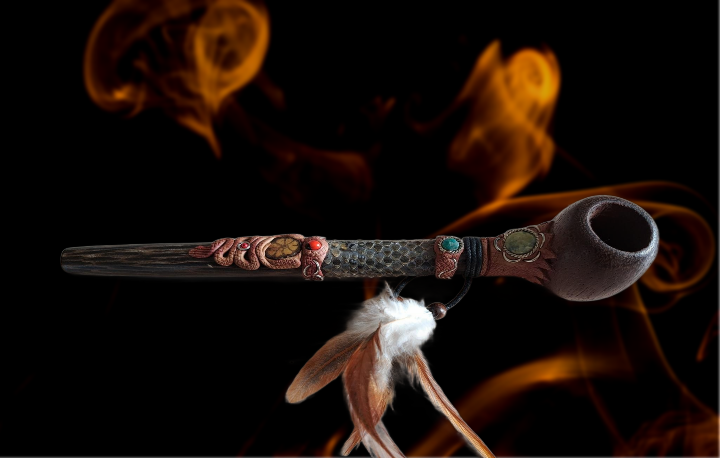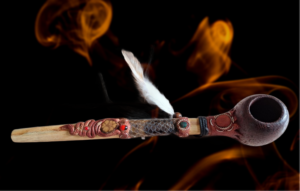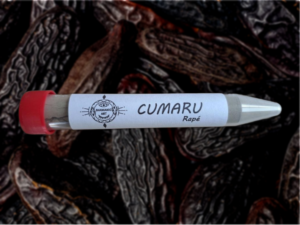No products in the cart.
🌟 Introduction to Tobacco Pipes
A tobacco pipe, often referred to simply as a pipe, is a specialized device designed for smoking tobacco 🌿. It consists of a bowl for holding the tobacco, a hollow stem (shank), and a mouthpiece. Pipes range from simple, machine-made briar models to intricate, artisanal creations crafted by renowned pipemakers. These exquisite designs often fetch high prices as collector’s items 🎨. Pipe smoking, the oldest known method of tobacco consumption, has rich historical roots.
📜 History
- Indigenous Origins: Indigenous cultures in the Americas have long used ceremonial pipes for smoking tobacco, such as the čhaŋnúŋpa among the Lakota people 🌎. This practice predates European contact.
- Spread of Tobacco: Tobacco, native to South America, spread to North America before European colonization. It was introduced to Europe in the 16th century and quickly became a global commodity.
🔧 Principle
The primary function of a pipe is to create a controlled space for partially combusting tobacco 🌬️. This is achieved by connecting a refractory bowl to a stem, allowing smoke to be drawn through the combusting material and into the user’s mouth.
🪵 Parts of a Tobacco Pipe
A pipe consists of two main components:
- The Bowl:
- Holds the tobacco and is handled during packing and smoking.
- Contains a draught hole for airflow and smoke transport.
- Made from materials like briar wood, meerschaum, corncob, or clay.
- The Stem:
- Directs smoke from the bowl to the mouth.
- Often features a mortise and tenon joint to ensure an airtight connection.
- Crafted from materials like Ebonite or Lucite for durability and comfort.
🛠️ Using a Tobacco Pipe
Smoking a pipe requires specific equipment and techniques:
- Lighting: Matches or wooden slivers are preferred, as butane lighters emit excessive heat.
- Packing: Proper packing ensures optimal airflow and combustion, preventing the wood from burning prematurely.
- Smoking: Unlike cigarettes, pipe smokers do not inhale the smoke. Instead, they allow it to pass through oral and nasal cavities for nicotine absorption.
🧹 Cleaning and Maintenance
Regular cleaning is essential for maintaining a tobacco pipe:
- After Smoking:
- Use a pipe tool and pipe cleaners to clean the bowl and stem.
- Cake buildup inside the bowl helps control heat but should be periodically scraped down to prevent cracking.
- Preventing Souring:
- Rancid oils can oxidize and sour the pipe. Regular maintenance prevents this.
🍯 Sweetening a Pipe
To counteract souring, pipes can be sweetened:
- Salt and Spirits Method: Fill the bowl with kosher salt and spirits like vodka or rum to cleanse and refresh.
- Regular Wiping: Use a cloth moistened with spirits to clean the bowl and stem.
- Commercial Products: Pipe-sweetening solutions are also available for convenience.
💌 Love what you see? To place your order, simply email us at 📧 shamanicart.eu@gmail.com – we’d love to hear from you! ✨
Reviews
0
Rated 0 out of 5
0 customer reviews
5
0
4
0
3
0
2
0
1
0
Be the first to review “Shamanic Pipe #3” Cancel reply
Related Products
Shamanic Pipe #4
🌟 Introduction to Tobacco Pipes A tobacco pipe, often referred to simply as a pipe, is a specialized device designed […]
recent view product
Shamanic (Kuripe) Purse #8
✨ The Shamanic Kuripe Purse: A Blend of Tradition, Craftsmanship, and Spirituality ✨ A shamanic kuripe purse is a unique, […]
Shamanic Bracelet #16
🌟 Introduction to Shamanic Bracelets A shamanic bracelet is a distinctive type of jewelry that not only serves as an […]
Shamanic Tepi #1
✨ The Tepi Pipe: A Sacred Tool for Rapé Ceremonies ✨ Taking rapé is a deeply sacred act, intimately connected […]
“Cumaru” Rapé
Discovering the Grounding Power of Rapé “Cumaru”: A Blend of Strength and Stability At Shamanic Art, we are honored to […]
Shamanic Tepi #18
✨ The Tepi Pipe: A Sacred Tool for Rapé Ceremonies ✨ Taking rapé is a deeply sacred act, intimately connected […]










There are no reviews yet.